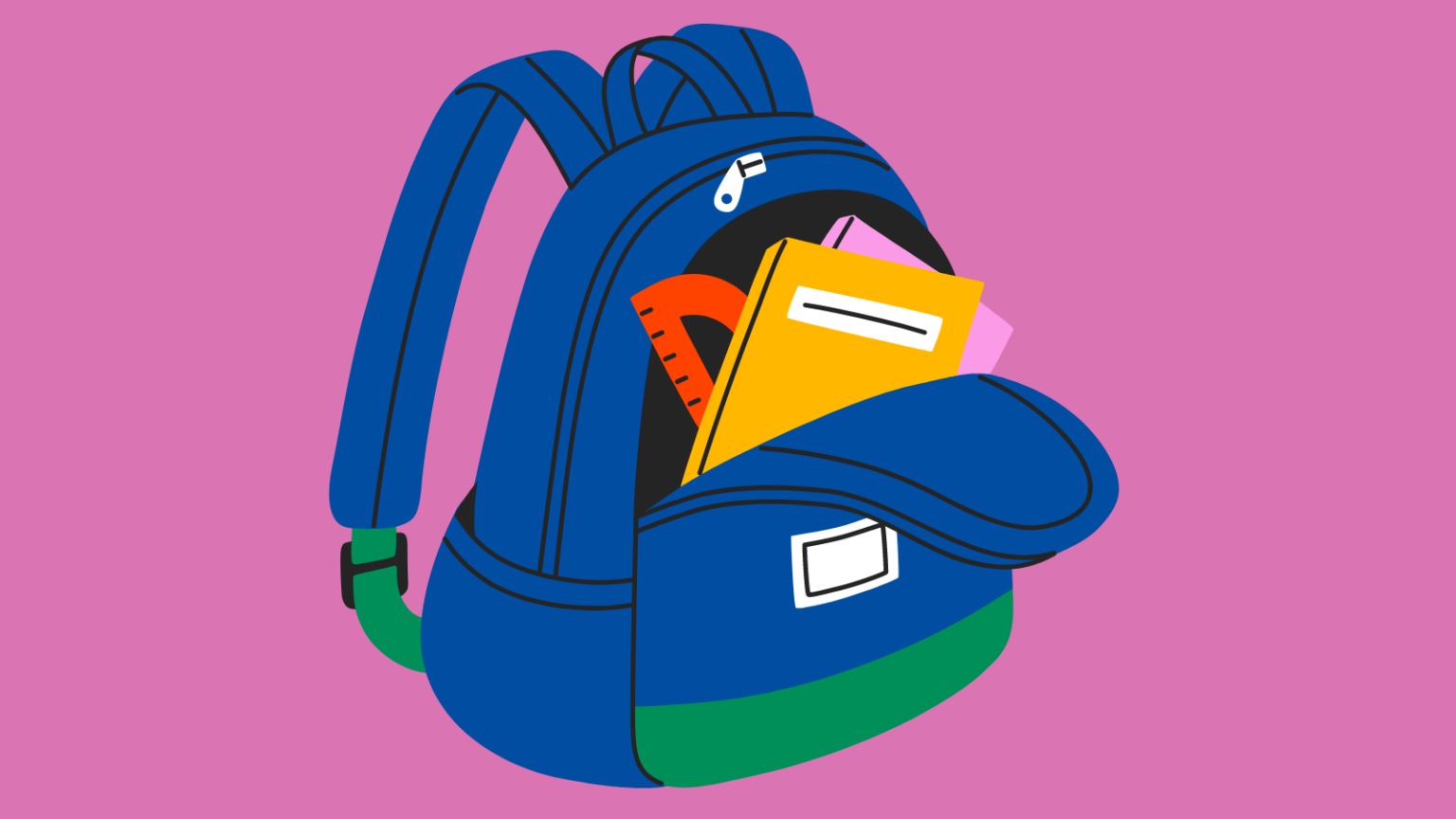Adapting ELT Textbooks for Students
Course books are the mainstay of any course of English language study, providing the essential grounding in areas such as the four skills, vocabulary, grammar and learner training. However, coursebooks are often underestimated and not used to their full potential. Instead of seeking supplementary activities elsewhere, we can adapt, expand and extend what is in front of us in the book to create worthwhile and stimulating activities for our learners.
In this article, I am going to look at how to adapt textbooks for EFL students, mainly in three areas, most of which appear in standard ELT coursebooks. These areas are: pictures, texts and video clips/listenings. I will consider how he can use these for extra tasks involving speaking, reading, writing, grammar, vocabulary. Level-wise, these ideas are aimed at pre-intermediate and above.
Pictures
These are a resource which is often overlooked and forgotten about. Most books worth their salt have pictures and photos to add life to the topic or theme of a unit. As an example, a coursebook which I have used has a unit on the Environment and the effects of global warming on the Arctic. There are two pictures in the unit: one of an Inuit boy staring rather wistfully into the distance and the second of an Inuit hunter pulling his sled across the ice.
For the former, I devised a speaking activity to get my students to use their imagination (see Task 1). This activity can be done in pairs or in groups and worked well mainly because it gave the learners an opportunity to be creative and to ask questions. With the latter, I produced three short writing activities (see Task 2). These were successful for similar reasons and learners could relate to the tasks as they were realistic.
Texts
There are 101 possibilities when working with texts. Again, using the abovementioned unit on the Arctic which featured a text on the problems facing hunters there, I devised two IELTS-based speaking activities – relevant to Part 2 of the IELTS speaking test. The tasks (see Tasks 3 and 4) are thematically linked to the text – one is on jobs and the other on travel. I have taken IELTS here as an example but similar activities could be developed according to the type of examination that learners are preparing for.
Using Lexical Sets
For vocabulary, I am fond of using word webs for lexical sets. For the same reading, I chose two lexical sets based on the topic area of the text: ice and jobs (see Tasks 5 and 6). Learners are given the blank web and asked to go through the text and add words from it to the web on the themes. Once they have completed the task, I use the completed version for feedback. Typically, I would use this activity once the learners had already worked on the texts for a bit and were aware of useful lexical items it contained. In most coursebook texts, the number of different possibilities for lexical sets is quite surprising. This type of activity can really help learners in looking for and recognizing patterns as well as in being methodical with their learning.
Paragraph Matching
With reading skills, there are a number of activities which I do regularly based on coursebook texts. Not all paragraphs of texts have headings so I often create my own for all but the last paragraph and ask learners to match paragraphs and headings. Learners then work in pairs to write their own heading for the last paragraph. These are both useful tasks for deciding the main topic of a paragraph and for working out where the text as a whole is going. See Task 7 for an example.
Reading Comprehension
And, of course, depending on the type of examination your learners are preparing for, you can write your own reading comprehension questions in the appropriate format and style. Task 8 includes some which I created for the text on hunters in the Arctic. These questions are TOEFL-like and focus on vocabulary.
Working with Collocations
A particular favourite of mine is working with collocations. There are often so many of them in a text and activities which draw on collocations can be an excellent means of increasing the language awareness of learners. I usually go through a text, indicating collocations and follow this up with a matching activity such as the one given in Task 9. This is a means of reinforcement and gives a greater sense of context to vocabulary learning. Once learners are used to this approach, they can be encouraged to find and highlight collocations in a text on their own and then to present these to the rest of the group.
Grammar Quiz
With texts, you can also create a type of grammar quiz in which learners have to go through a text to find examples of different types of structures which they have covered (Task 10). The learners will have already worked on the text for comprehension/vocabulary and hence will be familiar with it. This activity can be made competitive by having learners work in teams and is very useful for reviewing structures and increasing general language awareness.
Video Clips/Listening
There are a few things I do which have worked well. Video clips and listenings will have their own associated tasks in the coursebook. But before the learners tackle these, try writing your own basic comprehension questions – let’s say 10 questions (example in Task 11). You can also incorporate vocabulary development by having a word form chart (Task 12) where learners have to write the connected form of a particular word which comes in the video/audio.
Once this has been done, the class will be better equipped to tackle the material in the book if it is more demanding. Finally, video clip or listening activities have been completed, I often ask learners to go through the videoscript/tapescript and highlight any useful vocabulary. This can be set as homework and presented by a pair of students in the next class.
All of these activities and tasks can be put together quite quickly and do not require a lot of preparation time. Importantly, they instill good language learning habits in students.






